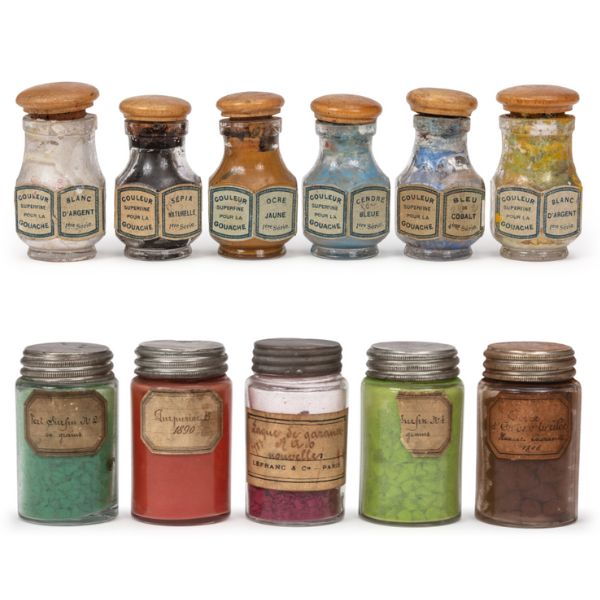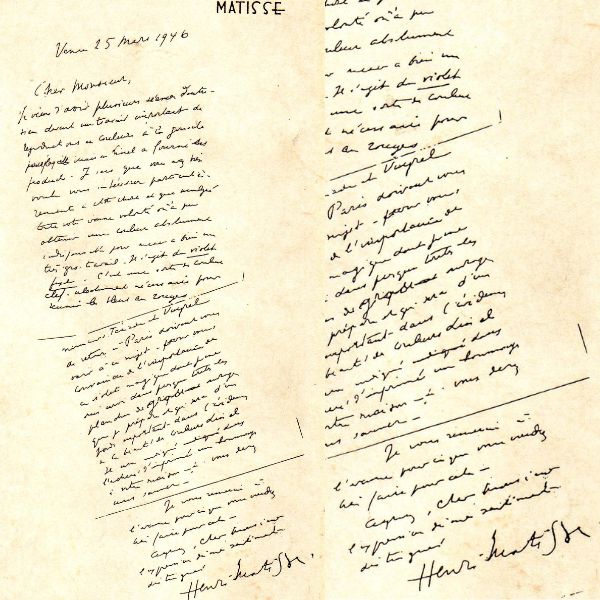Gouache as a witness to history
Watercolours first appeared when people started to paint on cave walls. These early paintings were made from a mixture of water and coloured earth. The Egyptians added gum arabic, derived from the acacia tree, to this recipe to paint papyrus, tomb walls and temples. Their frescoes, still visible today, attest to the durability of this mixture.

Developed around the 15th century following the Tempera, a water-based technique used in Antiquity, gouache was first used in drawing to highlight volumes and perspectives. For a long time, it was confined to the minor role of sketch painting, but it has progressively imposed itself as an art form in its own right and is today favoured by creators, designers and illustrators throughout the world.
Linel gouache is one of the last gouaches to be made in France, using gum arabic in its pure form as a traditional binder. This gives it a creamy, opaque texture and good resistance to time.
This know-how has not escaped the attention of eminent artists of the 20th century, including the famous painter Henri Matisse. The Lefranc Bourgeois archives preserve one of his letters in which he thanks Mr Lefranc for the creation of his fixed violet, a Linel tint essential to the realisation of Henri Matisse's blues and reds.
From the 1940s onwards, Henri Matisse developed a new technique: cut-out gouaches. In coloured sheets, painted with gouache, Matisse cut out shapes in order to be able to modulate his works, until he found the ideal place for each element.
A study was carried out by the Conservation Department of the Museum of Modern Art in New York using 79 samples of gouache paper and 6 tubes of Lefranc Bourgeois paint donated by Matisse's estate. This study showed the use of Linel gouache, sometimes pure without being mixed, by the famous painter.


Illustration and decoration have always been closely connected, as shown by the use of Mathurin Méheut's motifs by the Manufacture de Sèvres and the Manufacture Henriot in Quimper. A painter born in 1882, this nature lover developed an early interest in flora and fauna. His travels around the world, from his native Brittany to Monaco, via Hawaii to Japan, led him to observe, draw and paint landscapes, animals, plants and the ocean world. He became an Official Painter of the Navy (POM) in 1921. His scientific approach and his ethnographer's eye led him to immortalise on plates the evidence of the biodiversity of his time. His works are produced with botanical precision, imbued with a remarkable sensitivity enhanced by gouache.
Since then, other artists, designers and explorers have been using the iconic Linel gouache.
